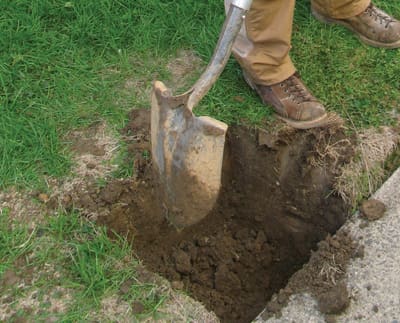
A post-hole is more than just a hole in the earth. It is a shaft cut straight down into the ground to particular size in a particular place, despite all the root and rock obstacles between your shovel point and the bottom. It is also a heck of a lot of work, so I want to do it right the first time whenever possible.
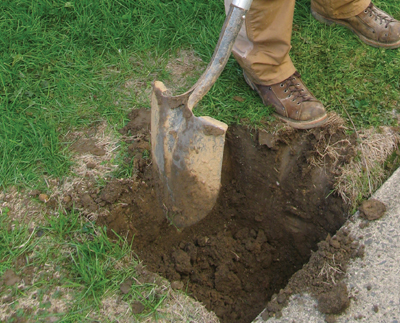 “Right?” You might ask. “Dude, it’s a hole. Taking yourself a little too seriously? Grab your post-hole digger and get to it.”
“Right?” You might ask. “Dude, it’s a hole. Taking yourself a little too seriously? Grab your post-hole digger and get to it.”
This reply might fly, say for a mailbox post (but even those must comply with mailbox placement regulations—see Side Note 1).
However, for a deck, fence or pergola, post holes need to be right or something goes seriously wrong with carpentry layout, profitability and/or inspection. If they’re not the right shape and correct depth, they won’t fly.
I’ve dug (and re-dug) hundreds of post holes, both alone and with other people, who swear they know how to do it. The key to digging post holes correctly is to understand what you’re digging and to throw away old assumptions about the tools everyone has in their shed or garage.
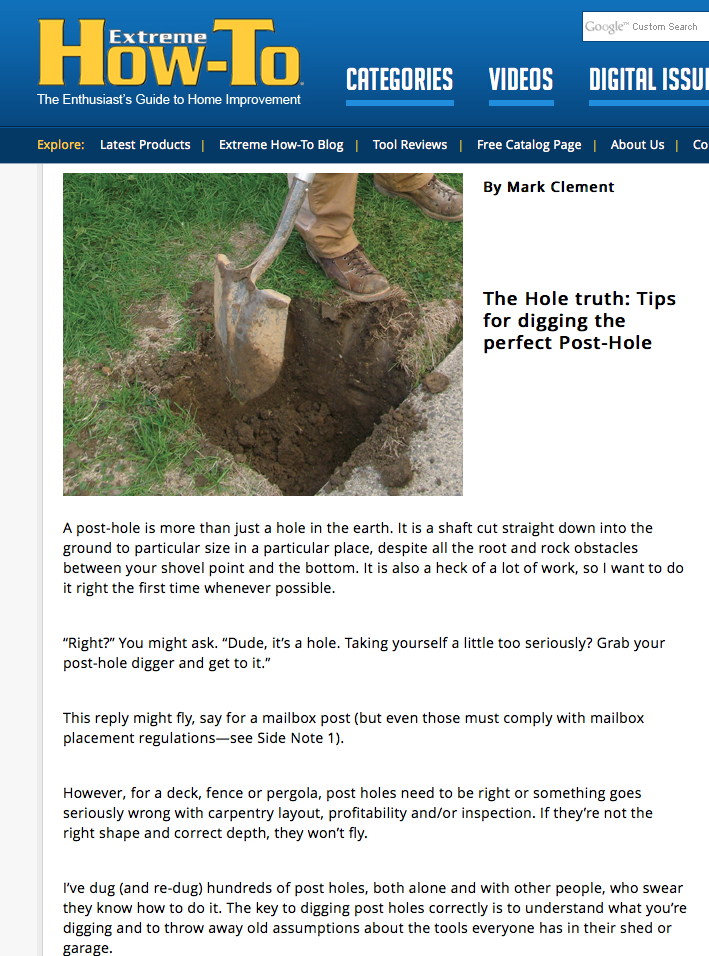

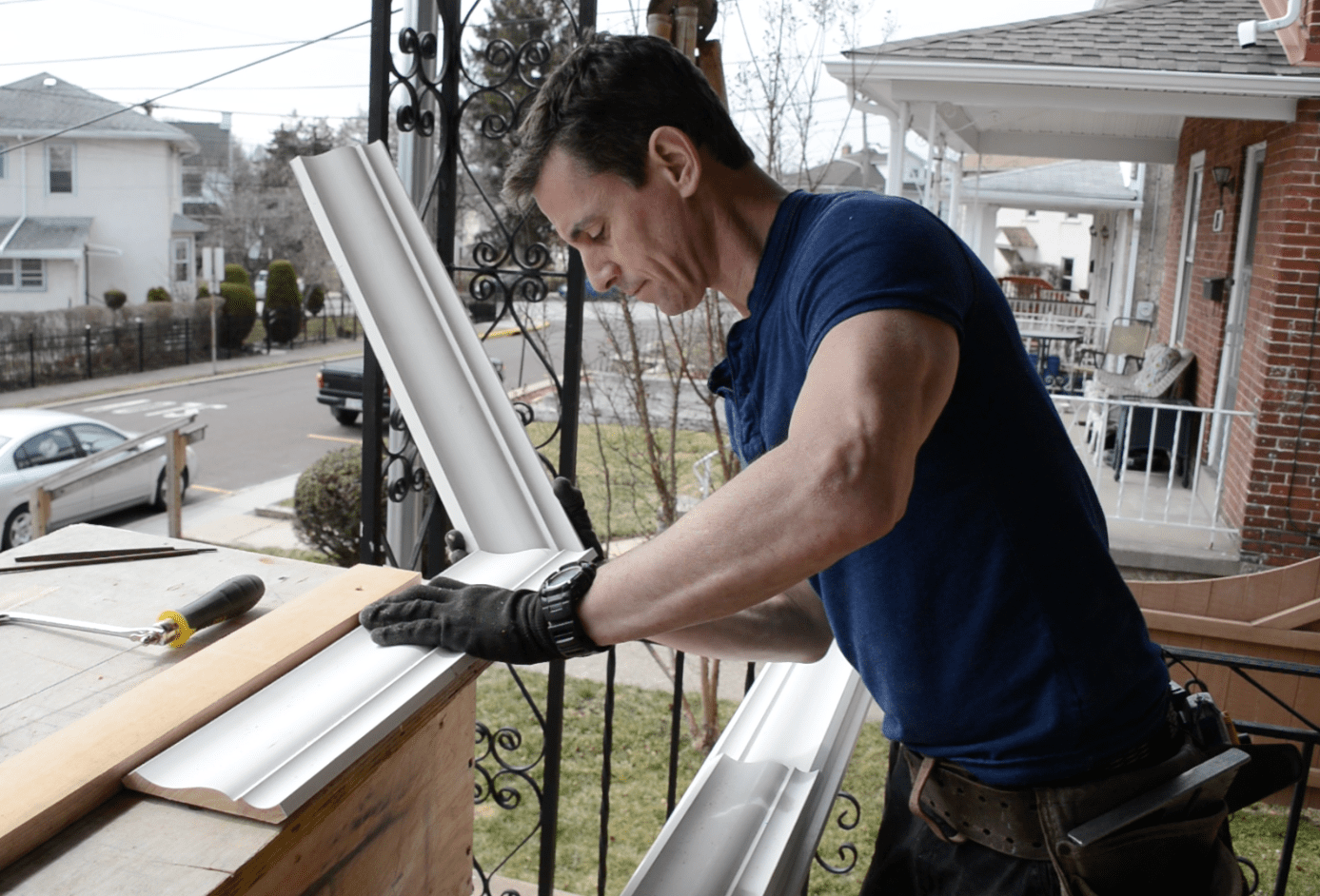
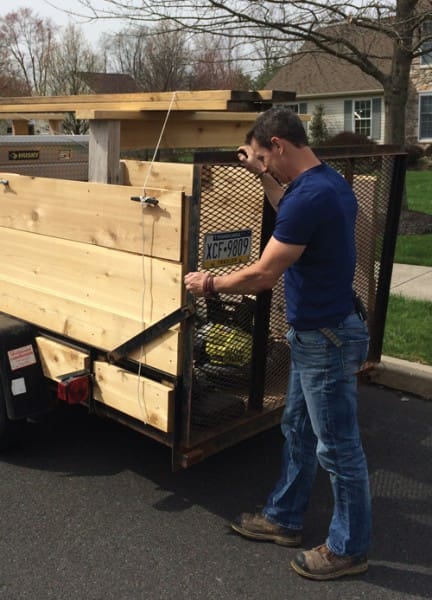


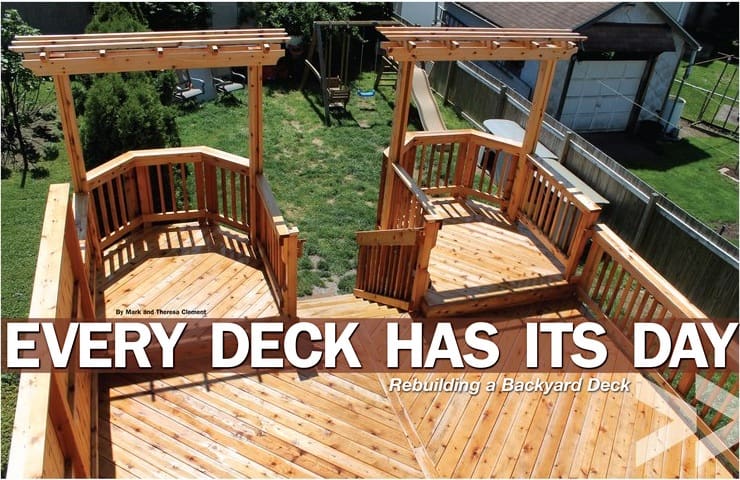
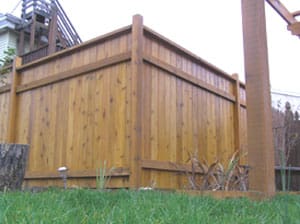
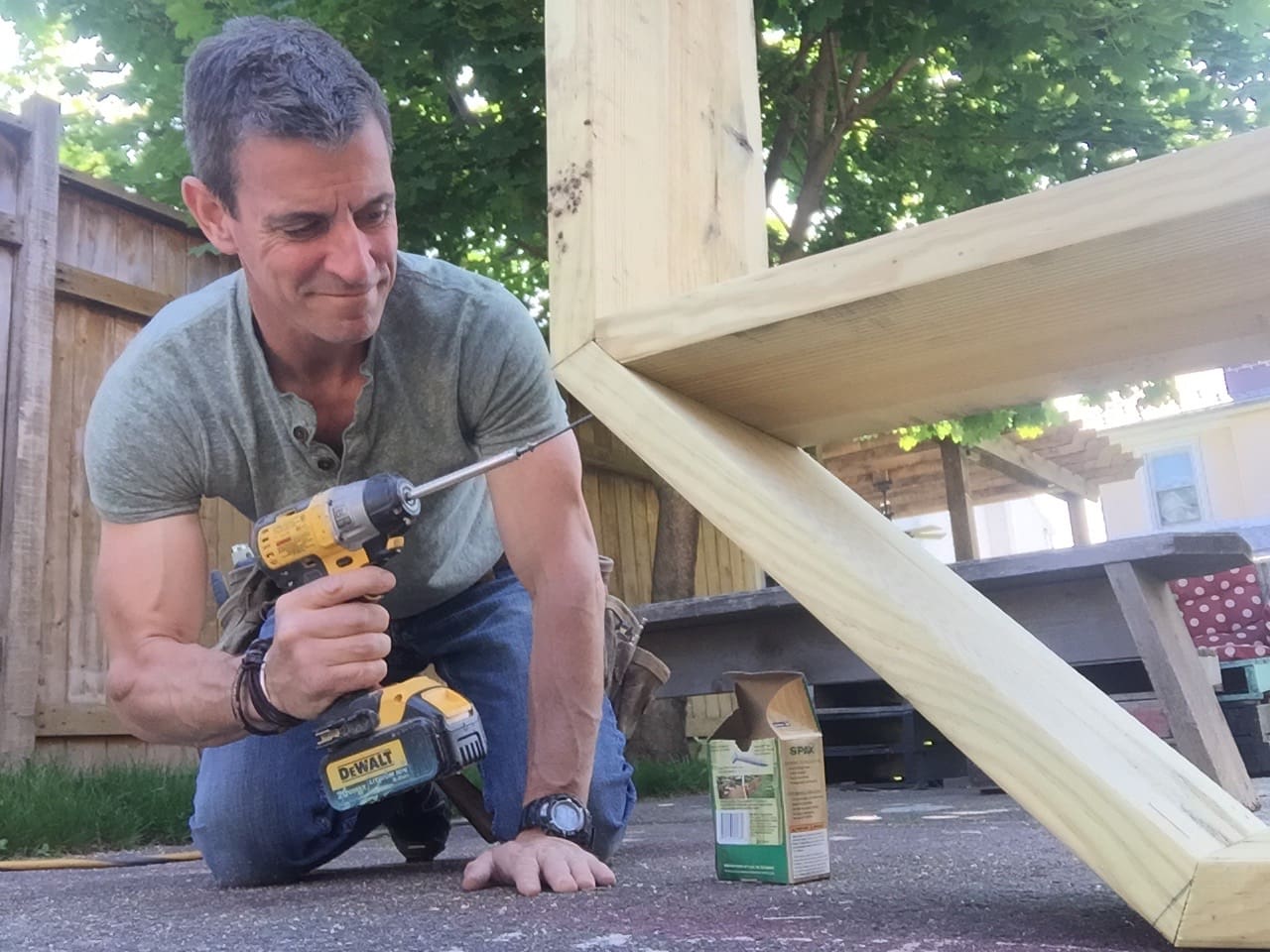
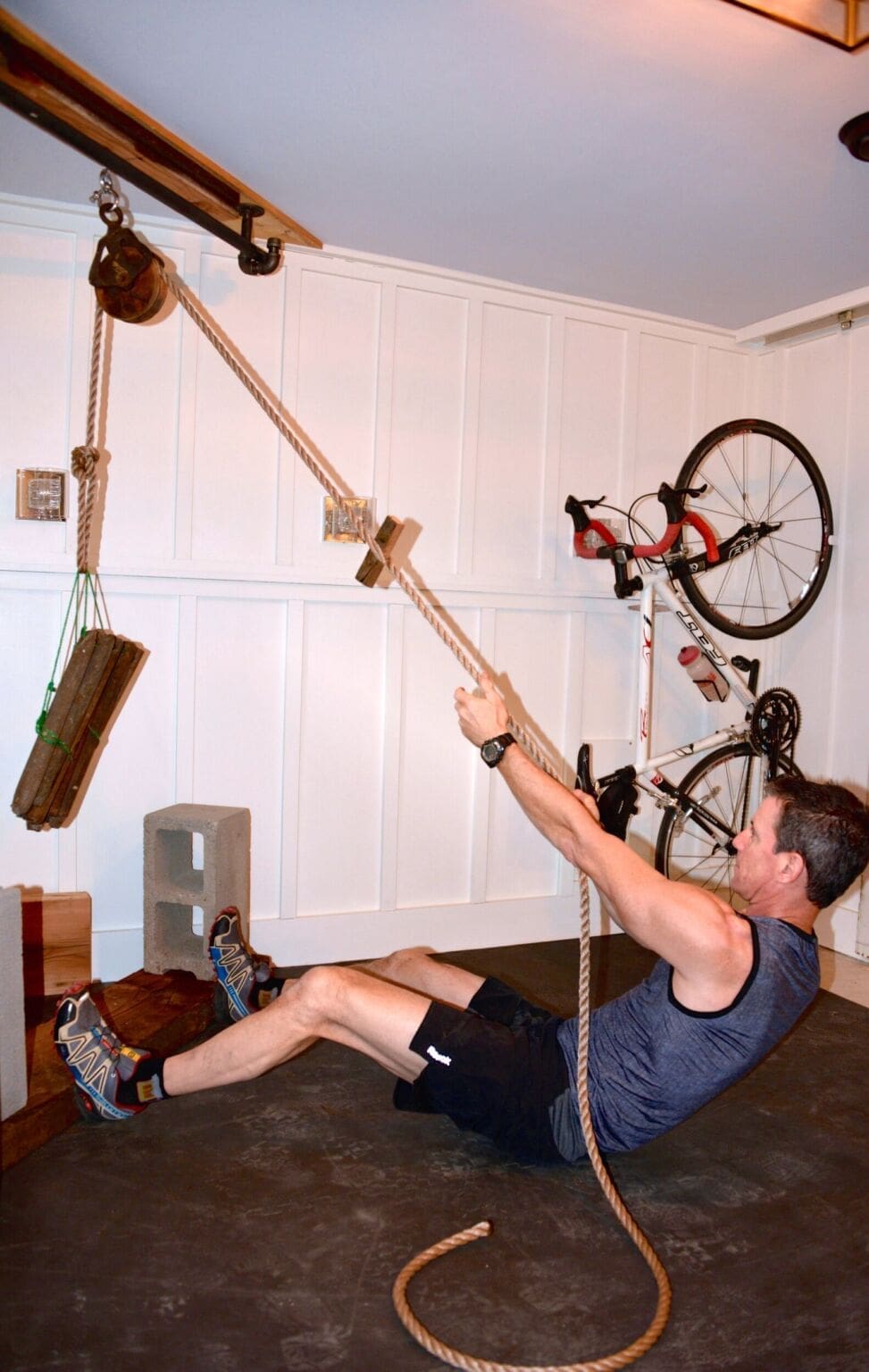


[…] I cut plastic for this tool hack successfully by passing the blade through the plastic sheeting. You may also try putting a board […]